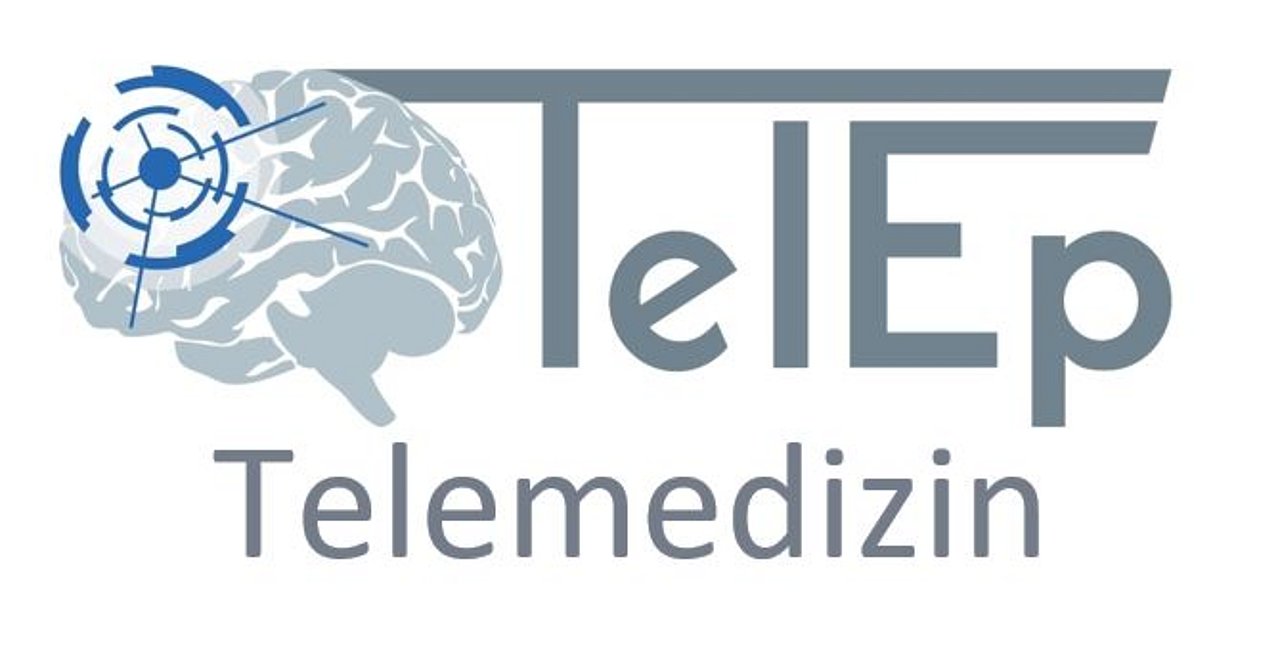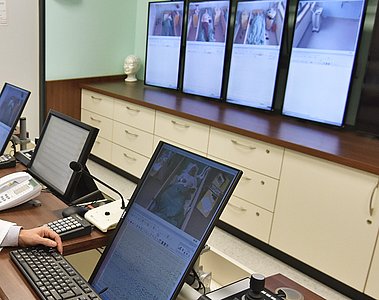
Video-EEG-Monitoring
The patient is continuously monitored with cameras in the monitoring unit so that their behavior can be correlated with the simultaneously recorded EEG. The doctor can see the patient on one side of the screen and the EEG on the other at the same time and both are digitally recorded.
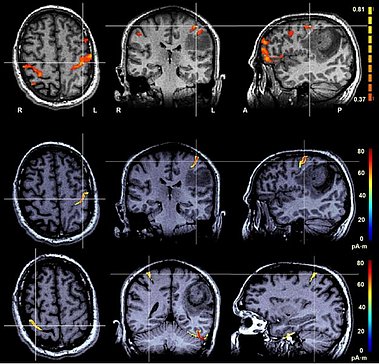
Imaging techniques
High-resolution imaging helps find the place where seizures develop. Imaging technology is advancing rapidly both in terms of structure (magnetic resonance imaging) and in terms of functionality (positron emission tomography). The Epilepsy Centre has state-of-the-art devices at its disposal.

Neuropsychology
Quite often, epilepsy patients also suffer from cognitive functional disorders. With the help of psychological tests it is possible to draw conclusions as to where the epilepsy originates.
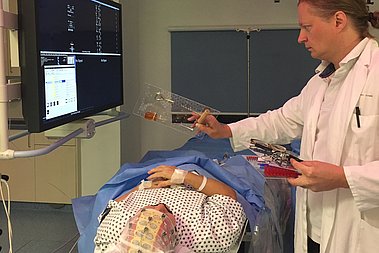
WADA test
If surgery is planned, the Wada test supplies important information as to what extent there is a risk of memory and speech functions deteriorating and how surgery should be planned to minimise this risk.
Diagnostic process
Patients who have been treated at our outpatient clinic and who may be eligible for surgery are admitted as inpatients to undergo diagnostic examinations. They are monitored, i.e. the patient's behaviour is recorded on camera while brain waves are recorded via surface EEG electrodes attached to the scalp.
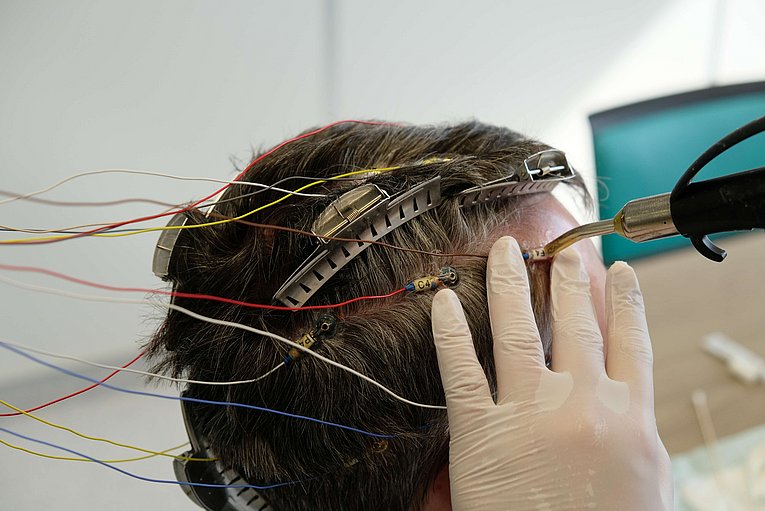
Further diagnostic measures are conducted during the same hospital stay. This always including detailed neuropsychological testing and a high-resolution magnetic resonance imaging scan of the brain, if not already done.
If required, further imaging scans are conducted.
Functional tests such as the Wada test and MEG, a diagnosis device that only a few hospitals in Europe have, are also part of the diagnostic process.
If all these procedures are inconclusive, invasive video-EEG monitoring is used where EEG electrodes are implanted on the brain surface beneath the cranial bone by surgery.
A final decision of whether and, if so, which surgical methods are suitable can only be made once all the required diagnostic methods have been completed. The decision is made at the interdisciplinary conference, where medical experts from all relevant fields and psychologists discuss the findings.




